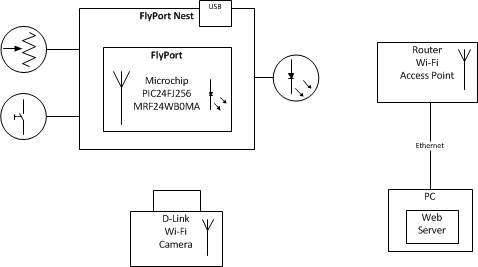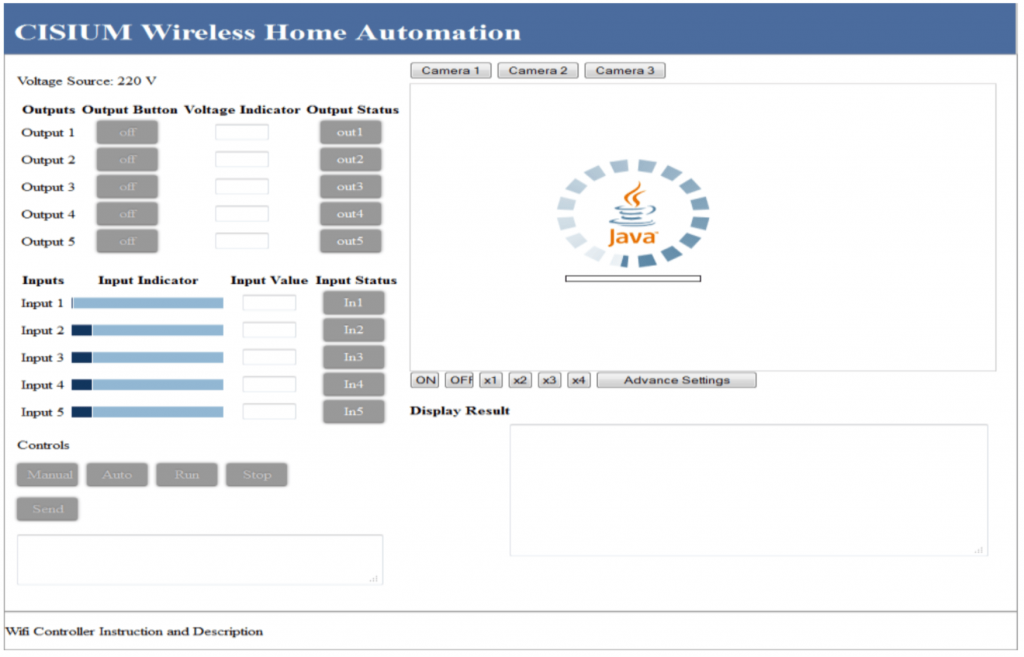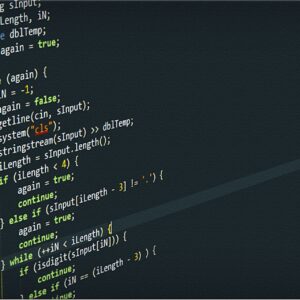- Date: 2012.
- Owned and developed by Cisium, Inc.
- Customers: general public.
- Creators: Raúl Bartolomé Castro and others.
- Raúl’s contribution: engineering manager and chief engineering.
- Market: consumer electronics.
- Product category: home automation.
There are many automation systems in the marked, but only one exclusively based on Wi-Fi (IEEE 802.11) and oriented for a home environment, it is coming from the hand of CISIUM, Inc..
In this article we explain and provide the material for an open source and open hardware Wi-Fi Home automation system. The principles of our proposal are:
- Easy to use, targeted for people without technical background.
- Without the necessity of any technician to install the automation system.
- Based on a standard wireless communication: Wi-Fi (IEEE 802.11).
- Taking advantage of already exiting standard IT infrastructures: router, access points, etc.
- With smart phone / tables support and interaction.
- Capable to integrated 3rd party Wi-Fi devices.
- Affordable.
There are other wireless solution in the marked for automation, but usually they are based on wireless property protocols or the most commonly used based on ZigBee (IEEE 802.15.4). The big inconvenience of those protocols is that the standard portable devices (iPhone, Android, etc.) doesn’t have support for them.
In a ZigBee architecture it is required a gateway / coordinator that bridges to other networks. Therefore the portables devices should connect to if first in order to be able to access to the elements in your home automation system. It is a good solution, but it is not straight forward and easy implementation as our principles wants.
Wi-Fi is a good compromise, many people is already familiar with it and know how to configure, it is very standardized, the existing infrastructure is huge (home and street), is widely implemented in many portable devices and it is inexpensive.
Wi-Fi Home Automation Description
In the next image we can appreciate the system diagram of the Wi-Fi Home Automation:

The elements we can identify:
- FlyPort and FlyPort Nest. They implement the core of any node in the home automation system, it can read inputs (button, switches, potentiometers, etc.) and to activate outputs (LED, relays, etc.). It uses the microcontroller Microchip PIC24FJ256 and the Microchip MRF24WB0MA IEEE 802.11 – Wi-Fi Module.
- D-Link Wi-Fi camera. It provides a useful feedback in order to have a view of your home automation system. Makes none sense to develop a Wi-Fi camera when there are excellent cheap already existing solutions.
- Router Wi-Fi. It is a common Router Wi-Fi to communicate the devices between them. Anyway, the FlyPort support Ad hoc, therefore the communication could be point to point without the necessity of any access point.
- PC. The PC hosts the web server; you could use any standard hosting on the cloud.

The present article provides all the required information for the implementation of the Wi-Fi Home Automation. It is available the user manual, with a detailed description, the source code for the FlyPort, the source code for the web server and a video.
The project is not ready to build; many aspects must be publish and finished before a real final implementation. Some aspects that would be required for a final implementation are:
- The hardware is implemented in a prototype boards, therefore it is required to be adapted based on your necessities, like how many inputs are required, number of outputs, nature of the inputs (analog, digital, signal conditioning, etc.) and outputs (power, signal, PWM, etc.) , display, etc.
- The web server, it a beta software, intended to provide a framework of development. It has to be published and to create an attractive user interface. Some features are not yet implemented
- The firmware in the FlyPort, is not the final, some features should be added, like the PLC stand along behavior.


